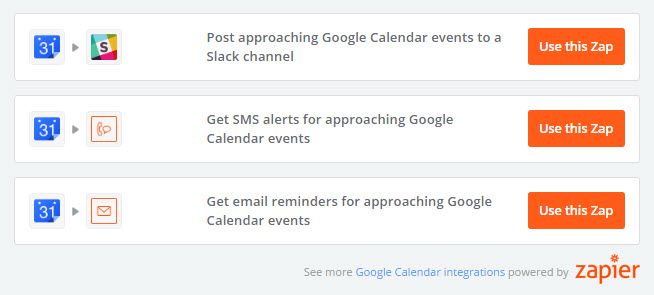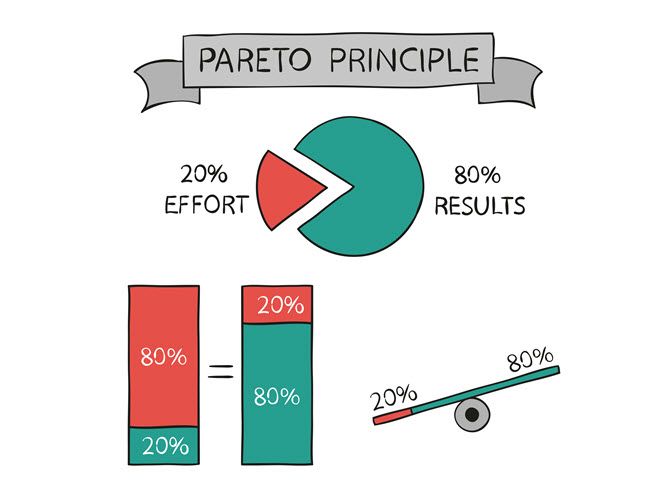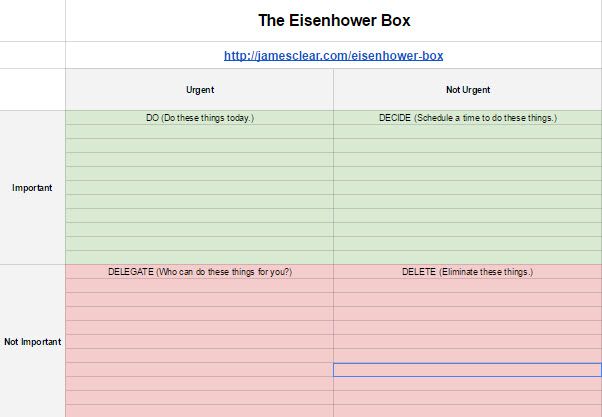Steve Jobs had his famed "reality distortion field".
The truth behind the superpower is less magical but no less powerful. It was his own unique mental model that helped him reframe the world and ambush others with his world-changing ideas.
Steve Jobs just saw things differently.
Mental models are the invisible spectacles through which we see the world. Put more simply, they are sweeping "laws" we build up internally that help us understand the world. Mental models are spawned by experience, fed by observation, and improved by reason.
But like any lens, mental models can become myopic or blurred. That's why it is so important to continuously work on the mental models we adopt for ourselves.
Why Are Mental Models Important?
An entrenched but flawed mental model can stave off waves of right thoughts. For example, confirmation bias makes us blind to alternative ways of interpreting information. The right mental model, one that helps us remove the filters around our thoughts, can make us smarter decision makers.
Reality is made up of circles but we see straight lines.
-- Peter M. Senge, The Fifth Discipline: The Art & Practice of The Learning Organization
In short, we can hack the way we think by launching the right mental model or a cluster bomb of mental models at our animal brain.
Mental Models and Implementation Tools
Think of the tools as palettes for helping you paint your "thoughts". They can help us find new approaches to old thinking models. In some cases, they can help us create entirely new mental models.
So, let's integrate a few mental models into our daily routines and gain momentum for better time management, decisiveness, and self-reflection.
1. Lower the Activation Energy
Imagine yourself getting out of bed.
This simple event done at the right time kickstarts your day. The "activation energy" for this activity is low because it is a habit.
Using activation energy as a mental model takes us back to chemistry class where we learnt that the energetically challenging reactions require a high amount of activation energy.
Any habit or productive task follows the same model. The more complex the job, the higher will be the activation energy required to start and sustain it. Also, the greater will be your urge to procrastinate.
The trick to overcome this barrier is to lower the mental energy needed to start a task. Also, you can re-design the job by changing the conditions that are holding you back from the first step. For example, you could break down a complex task into simple and small steps.
Remember that it all comes down to exercising just one thing -- our willpower muscle. So, throw everything at it. Even the clock.
Using It as a Mental Model
One of the simplest tools to help lower the activation energy is the timer on your phone. When anything is holding you back, just tell yourself to work on it for two minutes and not more.
Let's borrow another idea from Shawn Achor and his book The Happiness Advantage (CA). He suggests that "we should identify the activation energy -- the time, the choices, the mental and physical effort they require--and then reduce it."
Reducing this activation energy by even 20 seconds offers benefits that can cascade down the day.
2. Bend Time With Parkinson's Law
This is Parkinson's Law and it just says that the amount of time you have to finish a task, is the amount you will take. To be more productive, stimulate your brain by shortening the time you need. It is an observation and not a hardbound rule. But thank Cyril Northcote Parkinson the next time you are working under a tight deadline. Even though, he used it in a very specific context – The British Civil Service.
Work expands so as to fill the time available for its completion.
It does not mean that you procrastinate and use last minute panic to get a task done. Instead, whenever you have something that needs to be done, experiment with shorter timelines.
Using It as a Mental Model
Don't allow external deadlines to build up the pressure at the last minute. Pre-plan and set your own micro-deadlines for your project. Micro-deadlines should be as short as possible. You can also tune your focus with the concept of time-blocking.
Use a simple timer for hourly deadlines or a Google Calendar notification for longer projects. Use Zapier with Google Calendar to set up alerts on Slack, Email, or SMS as the deadline looms.
3. Do One Thing at a Time With Single-Tasking
Think of a multi-tasking brain as a fragmented hard drive.
The brain like our hard drive keeps on functioning, but is it an optimum use of its resources? Multi-tasking opens up multiple doors to distractions. As this Microsoft study shows, the drop in productivity can be as much as half a day!
The single-tasking vs. multi-tasking debate might have ended, but many still wear the latter as a badge of honor. Adopt the habit of single-tasking by focusing on one big goal. Get it out of the way and move on to the next. Finally, use mindfulness to turn off your computer and phone when your work is done for the day.
Using It as a Mental Model
There are many ways to single-task. Some call for tweaks to our habits, while others need stronger mental bodyguards. Here are some ideas and tools to focus on one thing at a time.
Close your email.
Set up your computer with the right tools to help with focused work.
Always have one browser tab open or set limits with Chrome extensions like XTab.
Block notifications and distracting social sites with apps like Freedom and Self-Control.
Plan your to-dos with tools like Any.do or OneTask (Mac).
4. Invest With Pareto's Principle
Vilfredo Pareto never got to see the principle become so universal in his lifetime.
The Italian economist just noticed that 80% of wealth and land were controlled by only 20% of the people. The "80-20" rule of thumb finds application in many areas of our lives but, it is commonly misused. The observation simply states that 80% of results can be attributed to 20% of causes.
Today, in our Zen for productivity, we say that 20% of our efforts create 80% of our results. The percentages are misleading as the line between efforts and results might not always be so clean. But the truth is that most things in life are not so even – so to get work done we should learn to focus on what matters the most.
Using It as a Mental Model
Follow the observations of the Pareto Principle to take the stress out of productivity. Hunt for the "vital few" in the noise from the "trivial many". Here are a few Pareto experiments:
- I use it to skim through multiple articles online, but read only the best two.
- You can prioritize your to-do list by ranking each item according to effort and results.
- Group your e-mails into basic categories. Use canned replies for the most common e-mail responses that give you the least benefit.
- Do a self-analysis with a simple template and time tracker to find your cornerstone activities against your distractions. Jared Dees shares a 80/20 template for personal productivity.
5. Prioritize With the Eisenhower Matrix
I have two kinds of problems, the urgent and the important. The urgent are not important, and the important are never urgent.
That in a nutshell is the famous quote which led to the Eisenhower Decision Matrix. Any decision based on time can be placed in one of the four quadrants of the matrix.
- Urgent and important (tasks you should do immediately).
- Important, but not urgent (tasks you can schedule for later).
- Urgent, but not important (tasks you should delegate to someone else).
- Neither urgent nor important (tasks that you can eliminate).
By deciding between urgency and importance you can not only prioritize your daily tasks, but also your life goals.
Using It as a Mental Model
Use the Eisenhower Matrix to not only decide on the goals that matter, but also eliminate tasks that don't.
James Clear asks us to clarify our goals because it can be hard to eliminate time wasting activities if you aren't sure what you are working toward. He offers a spreadsheet template of the Eisenhower Box [Broken URL Removed].
Eisenhower.me offered the above video and a handy Eisenhower Notepad to accomplish your goals. There's an online app [Broken URL Removed] if you don't like pen and paper.
This colorful chart from Xerox (PDF) uses color to highlight the relative importance of tasks. Important but not urgent is most productive area to spend your time.
Priority Matrix from Affluence.com has apps for Windows, Mac, iOS, and Android.
6. Solve Problems With Lateral Thinking
Think outside the box. Look at the problem from different angles and solve it in an indirect way.
Because it could be your most important survival skill in the workplace of tomorrow where innovation will be the mantra. Edward de Bono said it best:
Intelligence is something we are born with. Thinking is a skill that must be learned.
Lateral thinking is of immense importance in group brainstorming sessions or in any collaborative project. Our minds tend to think in straight lines just when we need to see the problems in new light and find elegant solutions.
Using It as a Mental Model
Lateral thinking is one of the more difficult mental models to use because you have to train yourself for it. But the payoffs are huge -- from better creativity to increased mindfulness. The good news is that lateral thinking can be learned.
Start a creative hobby or play with lateral thinking puzzles. Develop a habit of looking at things differently. Use visual mindmaps to tap into your whole brain and connect every seed of a thought. Find apps like Oblique Strategies or Oflow to get unstuck.
7. Foresee With a Regret Minimization Framework
Thanks to this metal model, you can sit in your armchair and order anything from a book and a tractor.
As Jeff Bezos says, the short term can sucker-punch you into complacency. To work on things that matter, you just need to project yourself into the future and think about how a life of "no regrets" will look like.
The Regret Minimization Framework is for the big hairy goals of your life. It can help you clarify your goals, put them in Eisenhower's "Important but Not Urgent" box, and set up other frameworks for planning the road ahead.
Using It as a Mental Model
The best tool for starting your own Regret Minimization Framework is educating yourself on yourself. For me, it started with a bucket list. For you it could be any other soul-searching exercise.
How about journaling? A self-questioning exercise through a month can bring repressed desires to the surface and help you find ways to minimize future regrets.
Are You an Independent Thinker?
Charlie Munger is well-known for using a screen of mental models to evaluate investment opportunities. If you can, grab a copy of Poor Charlie's Almanac for a life's education in 500 pages.
The way to win is work, work, work, and hope to have a few insights.
What are the little systems in your world that help you stay balanced and productive? Which is the one mental model that really works for you above else? And which is the one that's holding you back?
Image Credit: Huza via Shutterstock, Alison via Shutterstock





